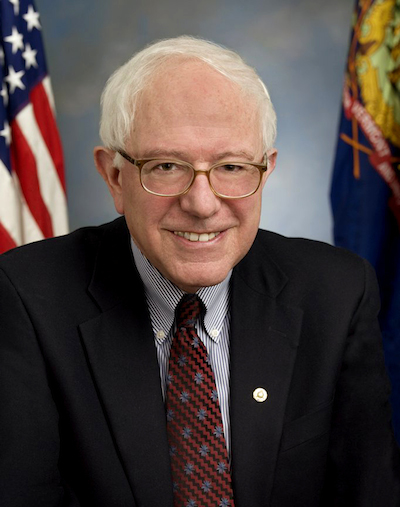The country’s longest-running student loan program, the Perkins Loan, is set to expire on September 30th and it remains unclear whether the program will be extended. For the past 57 years, the Perkins Loan has aimed to serve students with the highest needs and is unique because of the flexibility in the loan.
The Perkins program distributes $1.2 billion in loans each year, which represents only 1% of college loans disbursed in 2014.
Colleges and Universities receive an allotment of Perkins Loan money and are responsible for determining who has the most need in their student body and passing on the loan to them. Many believe this is a cost-effective model because universities use the money that they are paid back through the loan program to distribute more loans.
The loan also provides students with a 9-month grace period after graduation before they begin repayments and allows the loans to be cancelled if the student goes on to work in certain public fields, such as law enforcement or social work.
At least 95 members of Congress, university and college leaders, and the National Association of Student Financial Aid Administrators (NASFAA) are prepared to defend Perkins Loans. However, key GOP lawmakers appear to be prepared to let the program expire.
Perkins Loans are not without their pitfalls. Some wish to simplify the federal aid programs to students to make it easier for students to navigate the system. The chairman of the Senate Committee on Health, Education, Labor and Pensions, Senator Lamar Alexander (R-TN) would like to see a simplified system with three programs for aid: one federal loan program, one work study program, and one grant program — which would leave no room for the Perkins program.
Additionally, the funding formula used to determine how many Perkins loans a college can distribute is outdated. Ben Miller, Senior Director for Post Secondary Education at the Center for American Progress points out:
“The funding formula guarantees colleges receive the same amount of money that they did in 1999. Because the 1999 amount was supposed to provide colleges what they received in past years, that amount is similar to what schools received in 1979. The 1970s funding formula looked at school enrollment to determine how those dollars would be allocated. However, during that time period, enrollment in colleges and universities in the Northeast was much more concentrated than it is now, so students attending universities in other parts of the country are losing out, Miller said.”
While there are legitimate reasons to simplify student aid programs and ways to improve the existing Perkins program, there is little chance of that happening before the end of the month and if the program is allowed to expire, it is America’s neediest students who will pay the price.
According to NASFAA President, Justin Draeger:
“If Congress doesn’t vote to extend the program before its Oct. 1 expiration date, incoming low-income students are expected to face a gap of $2,000, on average, in their financial aid packages.”



 Senator Bernie Sanders has unveiled his latest policy proposal as part of his Democratic presidential campaign: Free public college, funded via a new financial transactions tax to discourage damaging Wall Street speculation. It’s a step up from his earlier
Senator Bernie Sanders has unveiled his latest policy proposal as part of his Democratic presidential campaign: Free public college, funded via a new financial transactions tax to discourage damaging Wall Street speculation. It’s a step up from his earlier 